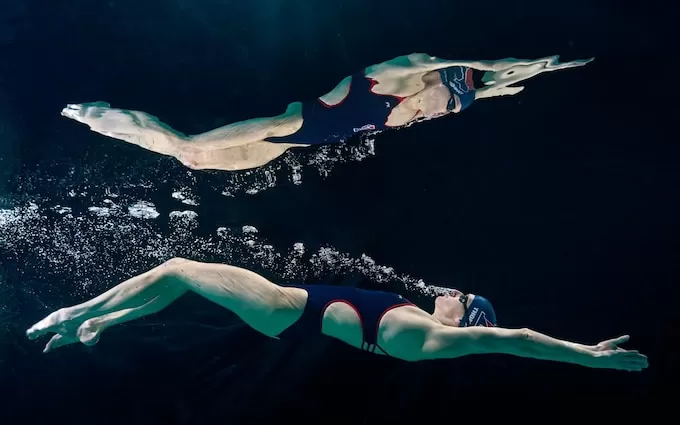Lia Thomas, the pioneering transgender swimmer, has been officially barred from competing in the 2025 Olympic Games after her challenge to the world governing body’s gender policy was dismissed by the Court of Arbitration for Sport (CAS). This ruling has reignited the debate on equality for transgender athletes in competitive sport and has far-reaching implications forThomas’s aspirations.

Thomas made history in 2022 as the first transgender woman to compete in an NCAA swimming championship, sparking national interest and igniting discussions about gender identity in sports. However, her path to Olympic participation faced significant hurdles. In a recent decision, CAS upheld the world governing body’s policy prohibiting transgender women with male puberty from participating in women’s competitions. The court ruled that Thomas lacked standing to challenge this policy, effectively barring her from Olympic qualifying events.

The World Aquatics Federation introduced its gender policy in July 2022, which only allowed athletes who had entered puberty before puberty to participate in women’s categories. When Thomas entered puberty after puberty, she was no longer subject to this rule. The organization also introduced an open category for female athletes, but this attracted few participants.
The passing of Thomas’s death has sparked strong reactions in various circles. Human rights advocates expressed their disappointment, viewing the law as discriminatory and a restriction of sporting opportunities for people of immigrant backgrounds. In a statement following the decision, Thomas expressed her frustration: “Blanket bans that prevent illegal women from competing are discriminatory and deprive them of valuable sporting opportunities that are central to our identity.” She called on other illegal athletes to join forces to fight for their rights.

Critics of Thomas’s participation in women’s sports, however, celebrated the decision as a victory for fairness in sports. Former swimmer Riley Gaïpes, a vocal opponent of Thomas’s eligibility, hailed the decision as a triumph for women’s and girls’ sports.
The decision against Thomas is part of a larger movement in which governing bodies of various sports have begun to implement stricter regulations regarding the participation of female athletes with disabilities. This includes decisions in track and field and cycling that also restrict the participation of female athletes with disabilities in women’s competitions. The ongoing debate raises critical questions about inclusivity, fairness, and the future of competitive sports as society grapples with evolving standards of gender identity.
Lia Thomas’s withdrawal from the 2025 Olympic Games marks a significant moment in the ongoing debate about athlete promotion in sports. Given this setback, the far-reaching implications of such rules will influence policy and discussions within the sports community worldwide. The discussion about inclusivity and fairness is far from over, and it remains to be seen how this issue will evolve in the coming years.


